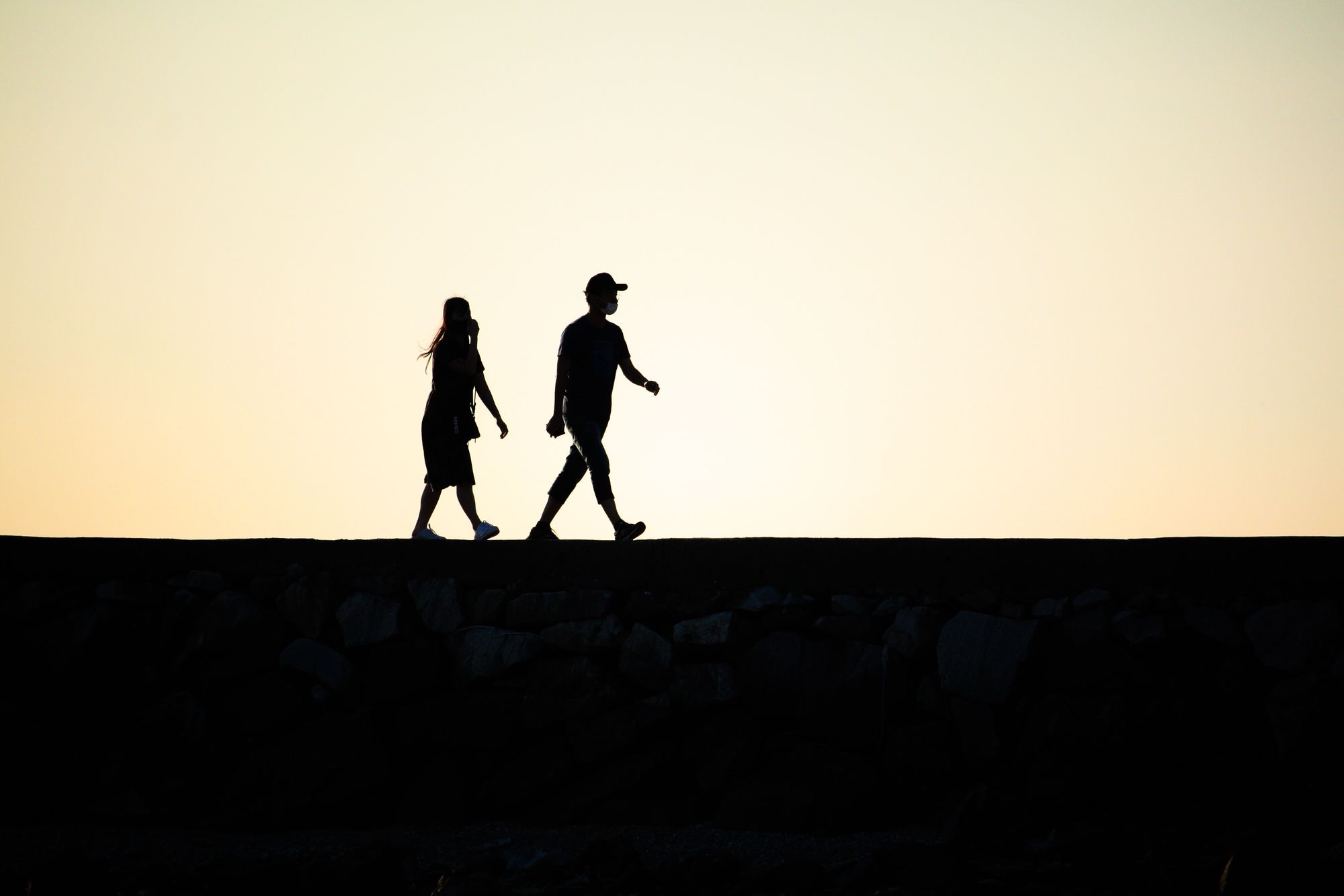Citizen Walkers | Pt.3

We reached out to our friend Adam Davidson, adjunct faculty with Judy Genshaft Honors College about contributing for this column. He teaches a course called Citizen Walkers that perfectly embodies the heart of the Be Pedestrian column. He shared a recently completed essay about the course, while it was a bit long for a single post, here's week 1, and week 2 of a 4 week series created from Adams' paper. Below is the third in the series:
Healthy: Those step counters haunt us, and that’s not really helpful, though there’s something to be said for walking substantially everyday, and there are many in the medical community who say it a lot. Walking is one of the simplest and best forms of regular exercise and has dramatic impact on our long term health outcomes. Try googling “benefits of walking” and see what you come up with. It’s almost all aimed at health and wellness – as opposed to, for instance, relationships or the pleasure of the outdoors. Heart, muscles, bones, diabetes, high blood pressure, even cancer are all impacted by regular walking. This alone ought to be justification to my friend who laughed, after all, he’s a doctor!
I think there are two angles I appreciate here about walking and health and why it's worth discussing and practicing in a classroom setting.
1) For all the health benefits, the discourse around walking and particularly step counting suggests the ways our lives can be shaped and controlled by expectations that come at us, all the time, from outside of us. It’s pretty frustrating that something so simple and easy and pleasurable can be turned into a source of obsession and stress. Did I get my steps in today? Yuck. Did you know that that 10,000 steps number was just a made up, arbitrary, marketing scheme? Look it up. Perhaps, to see the pedestrian in the pedestrian, take off the watch or put down the phone, stop worrying, and just walk. You get all the benefit without all the measuring. Which leads me to the other thing.
2) Really, walking is one of the single, best things we can do for our body and mind. In that sense, what’s keeping us from it? A lot. The busyness of our lives, the priority of the car, the design of our spaces and neighborhoods and streets, our attraction to sedentary forms of couch potato entertainment, and, yes, that pressure to make it something more than it is. All of these and more war against the simple and regular act of moving about on our feet for extended periods of time. Take the stairs and see what happens.
